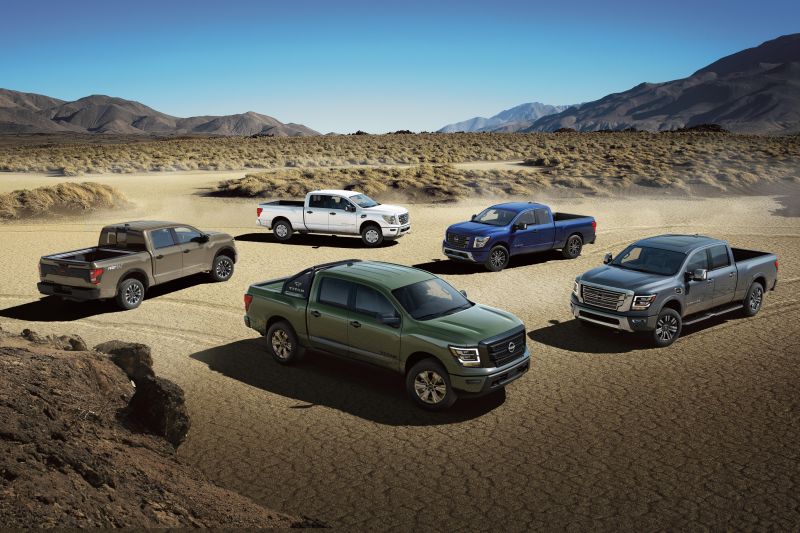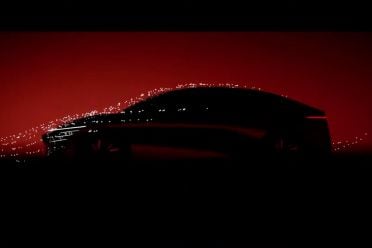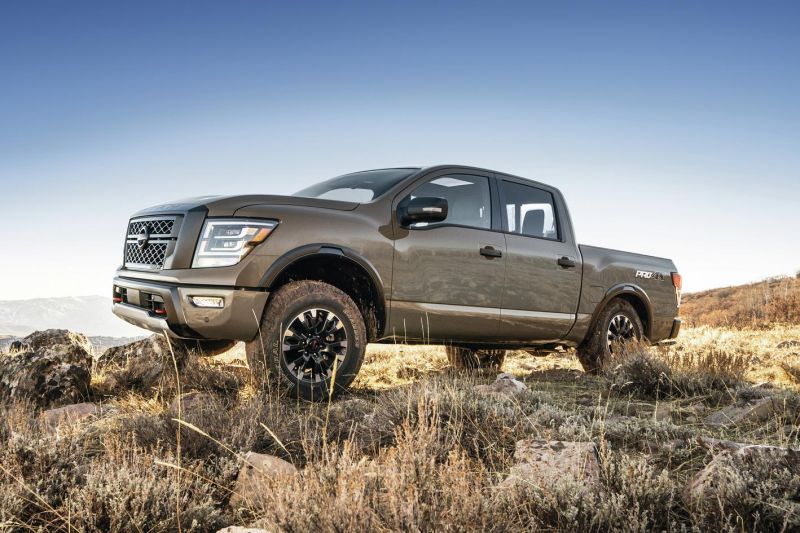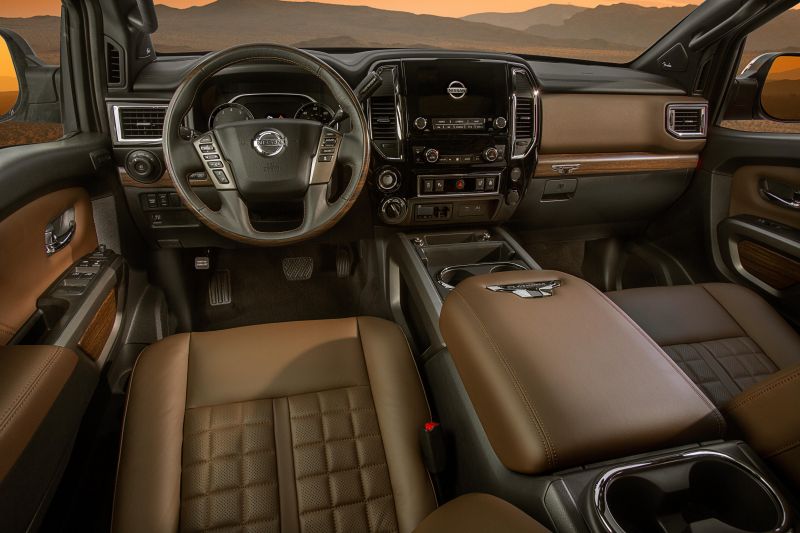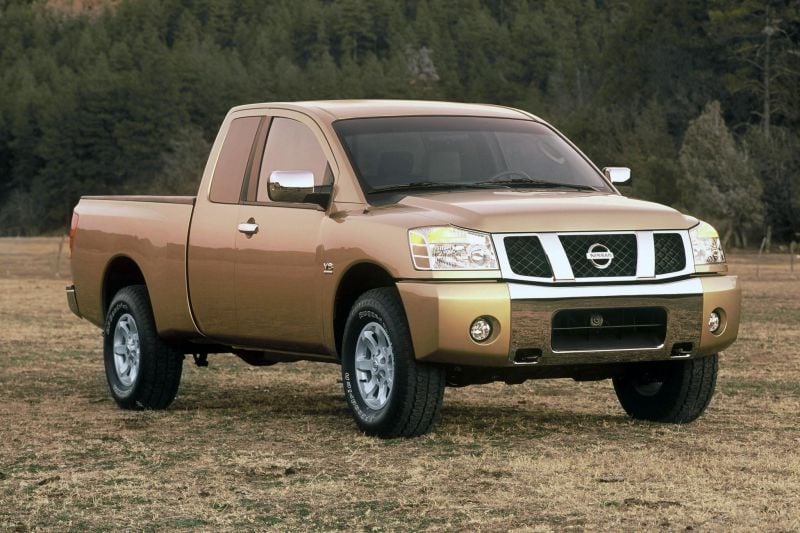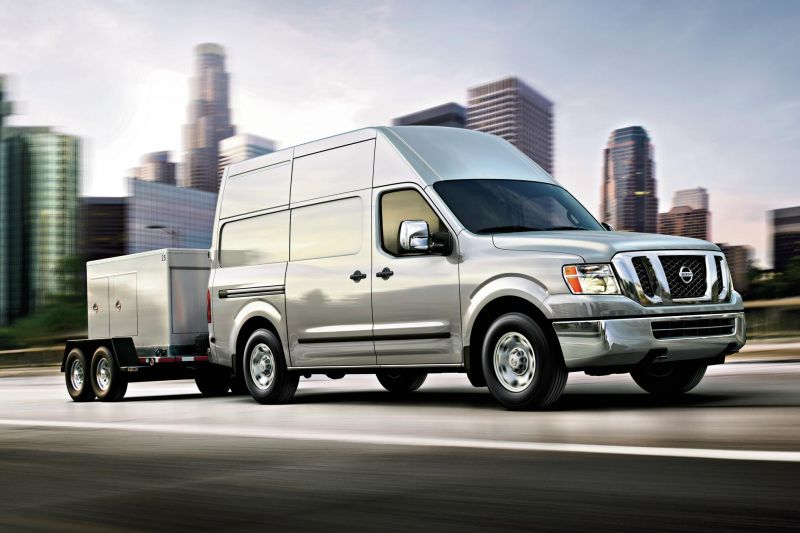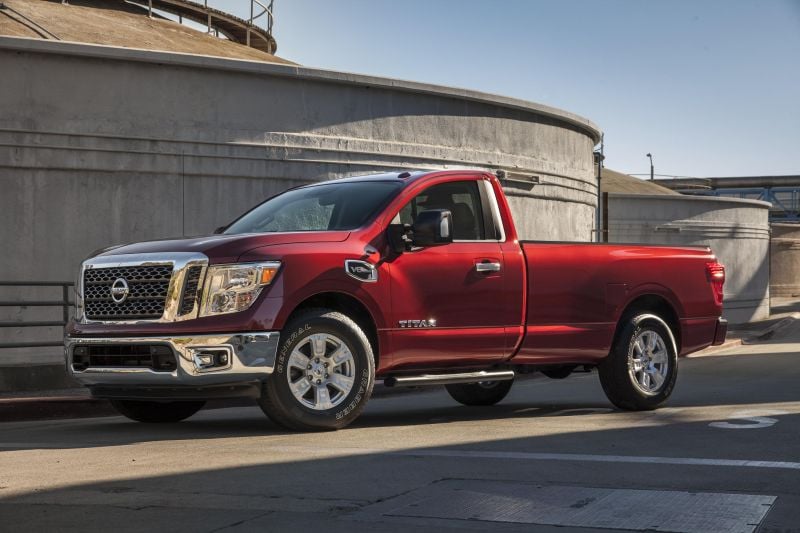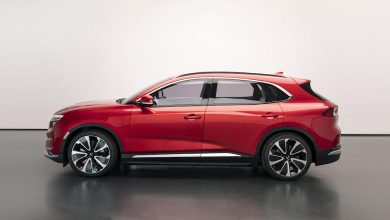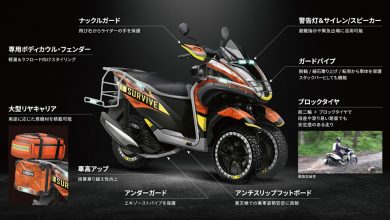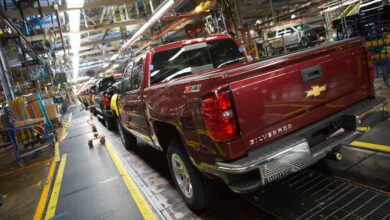Nissan’s Ram 1500 rival is officially dead
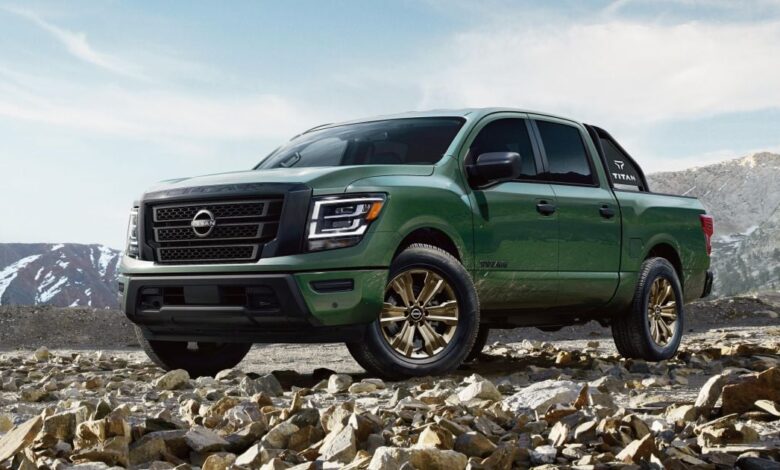
Nissan is ending production of its Titan, a big, body-on-frame pickup truck offered in the US as a rival to the likes of the Ford F-150 and Ram 1500.
Shortly after announcing minor specification changes for the 2024 model year, including a new bronze edition, Nissan issued a statement to various American outlets confirming the end of production for the second-generation model.
“Production of the Nissan Titan is scheduled to end summer 2024 at our Canton plant in Mississippi,” Nissan North America said.
“Under Nissan’s Ambition 2030 vision of an electrified future, we are accelerating the process of transforming the Canton plant with the latest in EV manufacturing technology.
“This will support production of two all-new, all-electric vehicles. There will be no workforce reductions due to this action.
“Titan has been an important nameplate for Nissan in North America for 20 years, and we’re grateful to the dealers, customers, and thousands of employees who have played pivotal roles throughout Titan’s lifecycle.”
Nissan hasn’t spoken much about the two new electric vehicles set to replace the Titan on the Canton assembly line, but it teased them early in 2022 as a pair of low-slung fastbacks: one for Nissan, one for Infiniti. They could use the CMF-EV architecture of the Ariya crossover.
The Titan’s demise comes as Australia is shaping up to be a lucrative export market for vehicles from this segment.
Ram 1500 and Chevrolet Silverado sales are growing in Australia, and the Ford F-150 and Toyota Tundra are arriving soon. The Titan, however, won’t be making the trip.
Automotive News reported back in June 2022 word from a source that the Titan was dying, and it was just a matter of when.
“There’s no plan engineering’s working on for replacing it, updating it,” the source said, adding, “It’s dead.”
Nissan already killed the Titan in Canada for 2021, despite that market’s similarly strong appetite for pickup trucks, making it a US-market exclusive.
The current, second-generation Titan entered production late in 2015, powered by a naturally aspirated 5.6-litre petrol V8 and available in regular and heavy-duty XD guises.
Nissan also offered a Titan XD with a 5.0-litre Cummins turbo-diesel V8, as well as a two-door single-cab body style, before dropping these options for 2020.
The pickup received a fairly substantial refresh for 2020 with more power and torque, a new transmission, and a raft of new features including a suite of active safety equipment, LED headlights, and a panoramic sunroof.
However, the Titan still lacks a more efficient six-cylinder engine option like all its rivals, as well as any form of electrification in a segment where mild-hybrid, hybrid, and even full-electric trucks are available.
The company targeted 100,000 annual sales in the US market and five per cent market share. In its best year, 2017, it reached 52,924 sales and 2.2 per cent share, but it’s been an almost entirely downhill trajectory ever since.
That high watermark was also well below that of the first-generation Titan, which exceeded 80,000 deliveries in two separate years.
Last year, Nissan sold just 15,063 Titans, and market share has sat around just one per cent. It was outsold by all its rivals, as well as the electric Rivian R1T.
In contrast, Toyota consistently sold around 110,000 Tundras in the US market each year between 2014 and 2020. Last year, it cracked six digits again with 104,246 sales in the US.
But even mighty Toyota has struggled to topple the American Big 3. Just looking at 2022, the Tundra was outsold more than two-to-one in the US by the GMC Sierra, more than four-to-one by Ram’s pickup truck range, more than five-to-one by the Chevrolet Silverado, and more than six-to-one by the Ford F-Series.
It’s worth noting those sales tallies do include each models’ respective heavy-duty models, and the Tundra doesn’t have a heavy-duty line. Nevertheless, it shows how loyal the US – the world’s largest market for this class of truck – is to its domestic brands.
The first-generation Titan spawned a full-sized van, the NV, which was produced from 2011 to 2021, but it also failed to make significant headway against the similarly sized vans from dominant Ford and General Motors. Nissan opted to depart this segment in the US entirely.
The smaller Frontier, a rival to the likes of the Ford Ranger, performs significantly better against its rivals, outselling its Blue Oval rival as well as the GMC Canyon last year.
The second-generation Titan could have been a lot more like one of its rivals.
It had originally been intended to be a twin to the Ram 1500 as part of a partnership between Nissan and what was then Chrysler LLC, but these plans were scuttled by the 2008 global financial crisis.
The tie-up would have also seen Nissan build a small car for the Dodge brand called the Hornet.
Even if it had been a mere rebadge, there’s no guarantee it would have sold anywhere near its twin’s numbers. One need look only at the Nissan Ute, which sold considerably worse than its rivals despite being nothing more than a rebadged Ford Falcon ute.
